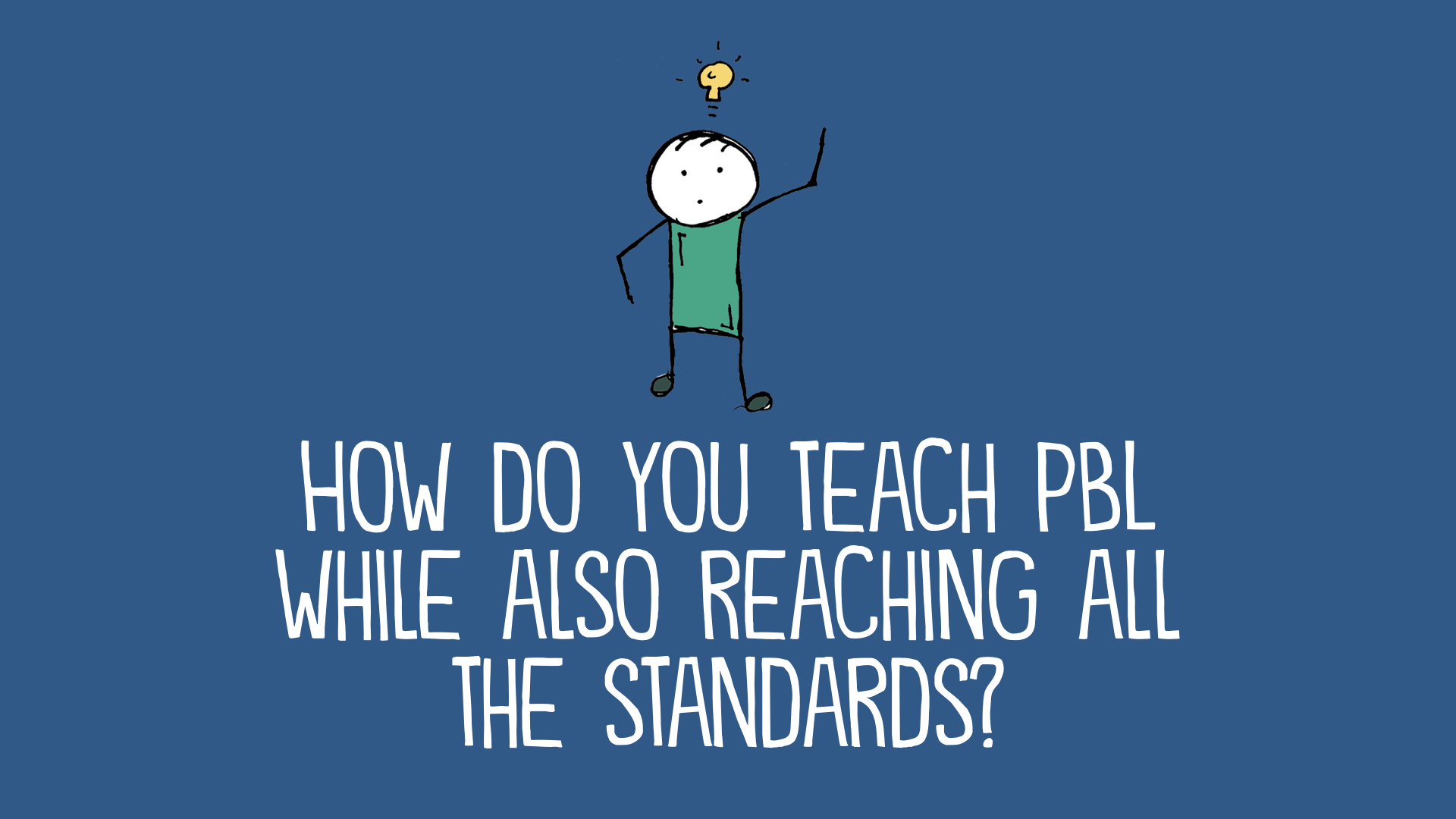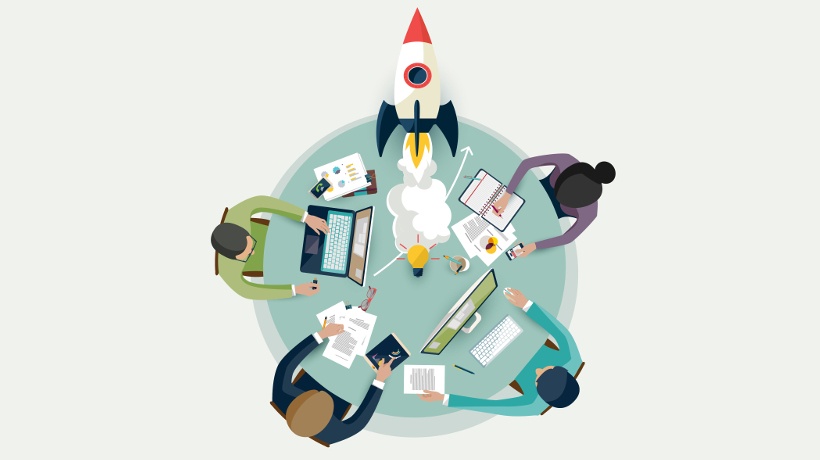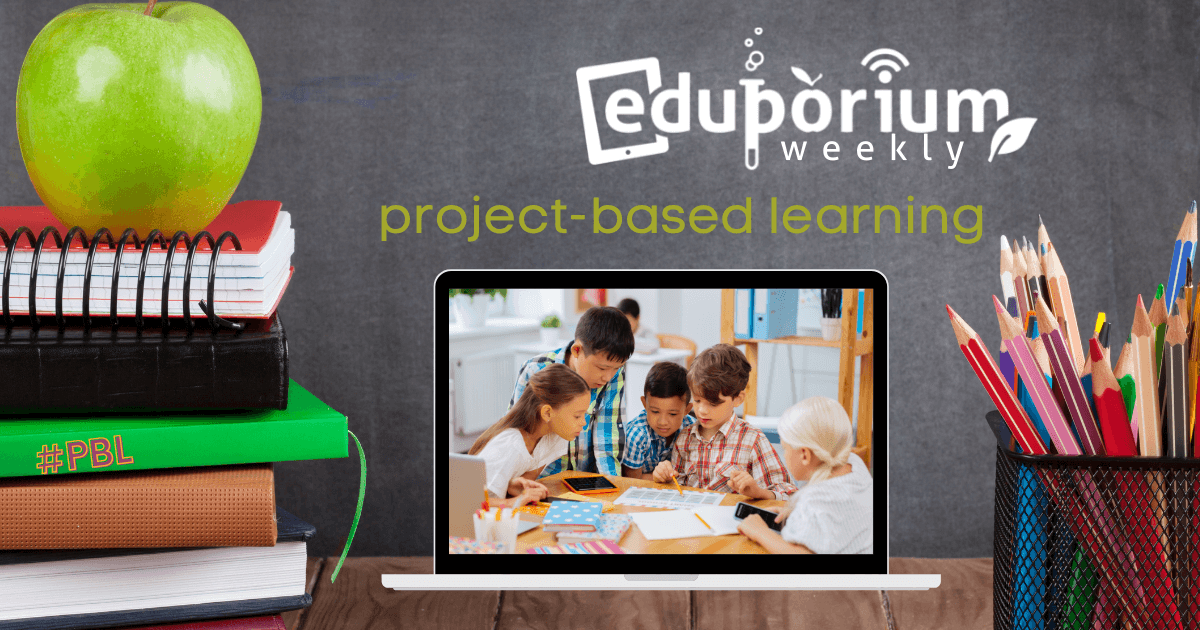One of the reasons teachers explore PBL and one of the reasons it captivates students is because it often helps kids to draw connections to their own lives. Discovering connections through active experiences is a cornerstone of PBL and helps students establish authentic feelings towards their work. As such, knowing the impact these connections can have on students is key for the instructors who are leading them. This is especially true when they leverage them to facilitate some even more meaningful learning opportunities. If PBL is impactful in one subject area (it’s often associated with science or other STEAM classes), there’s a good chance it could also be impactful across multiple subjects. That's partly why more and more school officials are leading the charge in making cross-curricular PBL a focus.
Planning for Cross-Curricular PBL
We talk a lot about instructional strategies and how their effective implementation can improve outcomes among students. One of the common denominators that continuously comes up with those conversations is proper planning. A successful cross-curricular PBL journey may only be as successful as the amount of planning that goes into it. One strategy might be to introduce these kids to the idea that these lessons can encompass multiple subject areas by having them start to read about topics that span multiple disciplines. This helps them grasp the scope of what they’re reading and helps them start to make those connections to other areas of the curriculum and to their own lives.
Knowing what to want from PBL efforts.
The most natural way for learning to cross subjects is making it project-based. This also helps to make it more relevant both in school and kids' worlds outside school. With this type of instruction, educators could start by defining learning goals and outcomes they hope to achieve. They should also determine which bits of information they want to give these students to help them get started. And, it is important to assess how the project is progressing at multiple points in time and to make adjustments whenever you determine they are needed. You can also make adjustments whenever there are opportunities to steer these projects more towards other areas of your curriculum. And, as always, giving students the chance to work collaboratively helps cross-curricular PBL flourish. More than usual, this lets children who have proficiencies in different subjects work together to chase team success.
Teacher steps in the planning process.
Cross-curricular learning doesn’t mean educators should try creating a project-based learning curriculum that ropes in every subject. Projects can include as little as two academic subjects, like math and science, or three or four—whatever naturally fits. To educators, collaboration is key as planning their projects starts to take shape. Meeting with each other and sharing thoughts can often help generate new cross-curricular project ideas. They also must be willing to step outside their comfort zones and ask for help when needed. This is one way to lead by example and help students see that collaboration and conversations are key for success. Finally, PBL experiences that place the responsibility of learning on the student are ideal. Getting kids to take control of their learning, its failures, its successes, and its ultimate outcomes is key in all types of project-based learning.
Tips for Successful Cross-Curricular PBL
Whatever subjects you're bringing together through project-based learning, there are various strategies for ensuring efficiency. In most schools, there are core academic requirements, so this may be a good starting point. Take Geography, History, and English, for example. There’s enough variety here that the projects can cover a range of ideas with many opportunities for differentiation. Combining different areas of the existing curriculum can help educators overcome limitations and enable them to create more opportunities for real-world problem solving as well. Over the one, two, six, or 12 weeks of your PBL unit, combining the various subjects can help kids draw connections between different events, trends, outcomes, and reasonings.
Strategies to maximize success in PBL.
One of the best ways to maximize students' success in PBL is with a scaffolded approach to the learning. Identifying various skills and knowledge bases each student has and building upon them with the activity's structure helps a lot. This personalization has many benefits for children and, ideally, they will really benefit from leading their own learning experiences. Teachers can also set up scaffolded environments specifically for PBL and make it student-centered. Some have also found success with gradually introducing student-centered experiences while reducing reliance on teacher-centered learning, which can help the students demonstrate growth through autonomy.
The teachers role in project-based success.
Additionally, any time teachers from different classes come together to lead cross-curricular projects, clear communication is key. It can be complicated and stressful to keep everything organized, student-centered, and progressing forward but that’s necessary to do. Having meetings to break everything down could be a useful strategy as well as involving students in the feedback process. Finally, educators should use PBL as an opportunity to empower children to construct their own knowledge for solving meaningful problems. So, when teachers demonstrate that they expect more from the students who have opportunities to experience more exciting learning, the result is often better performance. And, this can help create ideal results in PBL.

Building a PBL Environment
Understandably, there are similarities between cross-curricular PBL and traditional PBL experiences. One of those has to do with the learning environment that teachers develop for students. It’s real important for educators to consider the attitudes and particular skills they want children to develop through their cross-curricular PBL experiences, which may be the same as with traditional PBL. Sometimes, successful PBL environments are those in which students can develop additional skills as a byproduct of their PBL. Take public speaking, for example. PBL presents the opportunity for students to practice this by reporting on discoveries or project results. Maybe educators could also weave in digital citizenship skills to further connect PBL to the real world. Basically, many things can work as long as they're logical and realistic.
Designing a PBL-centered classroom.
Once the teachers are clear on the skills and values they’ll promote, they can form a clearer picture of their classroom environment. This includes the activities that students will do and the learning opportunities they have. Some of the traditional rules and instructional procedures might even differ from those in their regular classrooms. So, teachers may want to note whether or not these are definitely necessary for advancing the PBL process. Since PBL does involve a lot of student-guided work, in specific cases, students might need greater flexibility to work on their own. This includes freedom to get up, walk around, use different tools, or travel to different parts of your school. Educators can plan for this and remember that, oftentimes, project-based learning creates more activity and interaction.
PBL can look different at various times.
That reminder comes into play when defining and recognizing ‘on-task’ behavior. There will be times when it looks to somebody passing by that kids might be off task or scrambling on a bunch of things. The reality, however, is that PBL often requires every student in your classroom to be doing something different. Some might be sitting down, others may be walking around, some could be outside, and the rest of them may be talking. As such, PBL provides for unique learning opportunities that students can explore in many different ways. So, educators and, to some extent school administrators, should also feel comfortable with students taking more control of their PBL and address this lack of freedom if it's necessary. With this, educators can ultimately design and lead more successful learning experiences in any environment.
An Example of CCPBL in Elementary School
There are hundreds if not thousands of different routes you could take when thinking up PBL experiences for students. They could be cross-curricular, fall within one subject area, or promote inclusion for children of all ages. Teachers could also find a way to incorporate PBL lessons across all subjects, which is tough but definitely possible. In elementary school, in particular, there's an opportunity to connect key concepts, including building empathy or global citizenship, to various subjects across the curriculum. You can even focus on having kids build relevant soft skills as they go—two things that will help them moving forward.
Tying PBL to the past and present.
For the sake of this blog post, we’ll use the concepts of empathy and global awareness. Take empathy, for example. By participating in a project about immigration, students can learn what it’s like to be empathetic. They can also practice global awareness by considering what that immigration process to the US is like for people from various parts of the world. Then, teachers can stretch PBL experiences like this across history and social studies classes and even include things like geography, oceanography, and, if you also want to relate things to current events, maybe even tie in climate change or civil rights if you think that students are open to this. There are many concepts children can explore just within these areas and tying them together with one project helps educators cover more.
Including different subjects in project-based learning.
To take things a bit further and encompass additional parts of the curriculum, students could then work on public speaking and presentation skills, as we’ve discussed. They could do this, however, in more creative ways. This is the point in the PBL process at which they could integrate intriguing elements of STEAM, like music, art, and technology. Maybe they could even use these tools to tell a story—an element of their ELA classes. If you are really looking to touch as many subjects and concepts as possible, this unique example of cross-curricular PBL spans almost the entire curriculum. To wrap things up, students should still answer the important questions. They must explain their processes, describe elements of the project they’re most proud of, share what they discovered from practicing empathy, identify what they can improve, and more.

Tips for Effective Project-Based Learning
While some approaches might take time, planning, and administrators' approval, teachers can sometimes throw others right in. Each educator will likely develop their own project planning processes when it comes to PBL and that’s perfectly okay. After all, you know your strengths, students, and also your classroom the best. Also, reverting back to what’s gotten you this far can help when educators (almost inevitably) end up facing challenges. And, it doesn't hurt to also keep in mind a couple basic principles for creating effective and approved PBL. Instructors should strive to keep learning structured and aligned with standards while ensuring there's some form of legitimate assessment.
Designing projects with success in mind.
If it were possible to create ideal PBL experiences and outcomes and achieve that every time, then every teacher would do so. The reality, however, is that they need to design PBL units with realistic expectations. Projects that can accommodate various learning styles and speeds of up to 25 or 30 students are ideal. Even then, you'll likely still have challenges but they're easier to overcome. As teachers make adjustments throughout the course of projects, they can still use the PBL activities they’ve created to engage students. And, in the interest of cross-curricular PBL, it’s frequently easier for elementary teachers to cover more of the curriculum than it is for high school teachers. Educators across all levels, however, should always try hard to create grade-specific projects without forcing connections that aren't there.
PBL planning approaches.
Of course, PBL opens up a bunch of opportunities for kids and teachers to utilize EdTech tools—whether that's with online platforms or hands-on STEM solutions. These technologies could help students make discoveries, look at problem solving from alternate angles, and collaborate more effectively. With all these options, we'd absolutely encourage teachers to plan their PBL together and to not be afraid of an on-the-fly approach. Remember that your first PBL experiences will probably be your worst and that’s not a bad thing. You’ll learn a lot about how to incorporate new knowledge into future PBL endeavors and planning sessions. However you decide to go about giving PBL a try, we’re confident that the results will be great.
For the latest EdTech, STEM, and 21st century education news, follow us on Twitter and Instagram. Like us on Facebook, too, or sign up for our newsletter for announcements on the best EdTech deals around! Have an idea for an Eduporium Weekly theme? Send us a message on social media or comment below.



